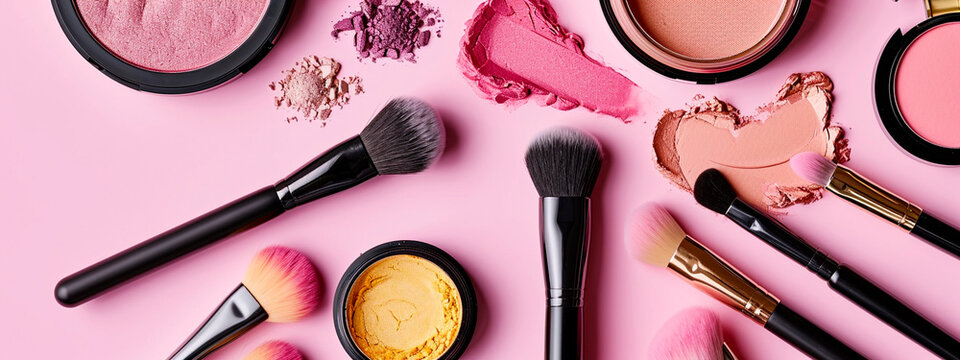Counterfeit makeup can be deceptive—whether in appearance, quality, or even smell. Here are practical and effective ways to identify fake products:
✅ First: External Inspection of the Product
1. Price:
If the product is significantly cheaper than its usual retail price, that’s a red flag. Don’t be fooled by unrealistic discounts.
2. Packaging (Outer Box):
Authentic products usually have high-quality packaging with clear colors and clean, professional printing.
Counterfeits often show:
- Spelling or grammatical errors
- Dull or mismatched colors
- Low-quality materials used in packaging
3. Barcode and Symbols:
Make sure the batch number, production, and expiry dates are present.
You can use websites like CheckFresh to verify the product’s validity.
4. Logo and Branding:
Compare the logo to the original (check the font, size, and placement).
In fake products, the logo is often distorted or slightly altered.
✅ Second: Inspection After Opening
1. Smell:
Authentic makeup usually has a mild or neutral fragrance.
If you notice a strong chemical or unpleasant odor, the product is likely fake.
2. Texture:
Original products feel smooth and well-blended.
Fakes may feel dry, clumpy, or break apart easily.
3. Skin Reaction & Longevity:
Try applying a small amount on your wrist or behind your ear.
If you experience immediate redness or itching, stop using it right away.
✅ Third: Always Buy from Trusted Sources
Avoid purchasing from random social media accounts or unreliable websites.
Instead, buy from:
- The brand’s official websites
- Well-known pharmacies
- Recognized beauty retailers (like Sephora, Faces, Noon – under the official beauty section)
📌 Important Tip:
Counterfeit makeup is not just a waste of money—it can cause allergic reactions, acne, skin inflammation, or even poisoning due to the use of harmful or unregulated substances.

